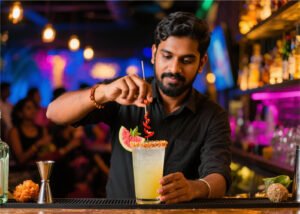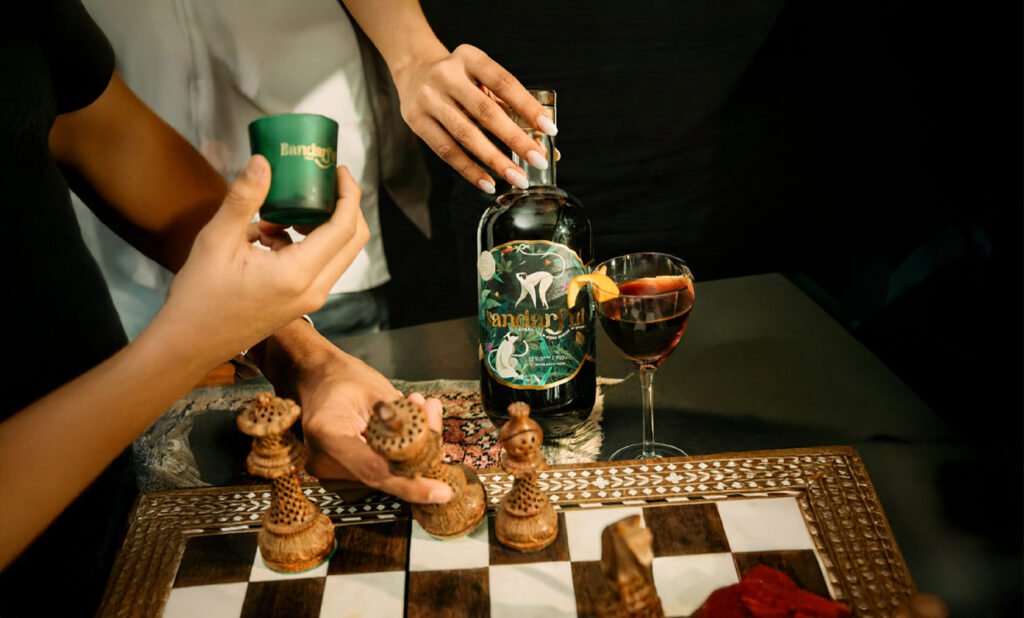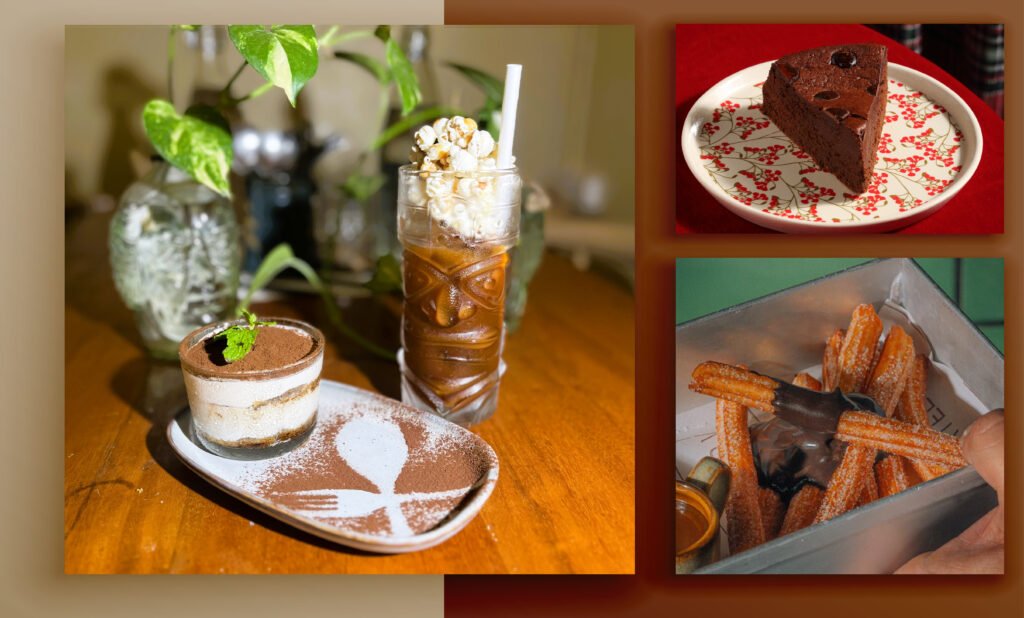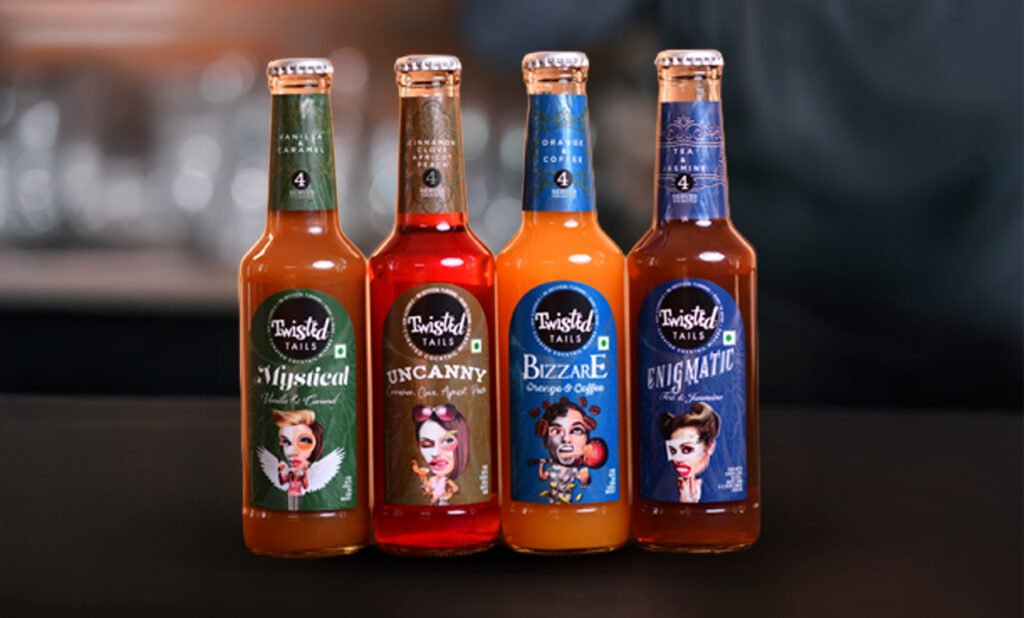Once a Western party staple, tequila is fast becoming India’s next big premium spirits story. As global Tequila Market Trends shift towards premiumization, provenance, and sipping culture, India stands out as one of the most dynamic emerging destinations for agave-based spirits.
From luxury lounges to home bars, Indian consumers are discovering tequila’s depth, not just as a shot, but as a spirit rich in heritage, craftsmanship, and versatility. The next few years could see tequila evolve from curiosity to category, driven by premium discovery, cocktail culture, and expanding availability across metros.
Market Size & Growth Outlook
India’s tequila journey is still young but accelerating. IMARC pegs the Indian tequila market at US$600 million in 2024, projected to reach US$1.68 billion by 2033, at a robust 12.1% CAGR, one of the fastest rates globally.
Grand View Research and IWSR echo this optimism, noting double-digit growth fueled by an expanding urban middle class, rising disposable incomes, and greater openness to premium global spirits. Even off a small base, the momentum is clear: India is among the few Asian markets where agave spirits are seeing triple-digit year-on-year growth, led by curiosity and education rather than legacy consumption.
Premiumization and Evolving Consumer Tastes
While beer and whisky continue to dominate India’s overall alcohol market, the tequila consumer is distinctly urban, global-minded, and experience-driven. Premium and aged expressions, reposado, añejo, and extra-añejo, are driving value, especially in five-star bars and boutique retail.
Loca Loka: Where Indian Creativity Meets Mexican Tequila
Consumers are increasingly willing to trade up for authenticity, transparency, and craftsmanship. Labels highlighting additive-free processes, NOM numbers, and terroir cues are earning trust among a generation of drinkers that values provenance over price.
This reflects a larger shift: Indians are sipping more and shooting less. Tequila’s image as a “party drink” is giving way to one of refined indulgence, aided by bartender advocacy and a growing cocktail culture in cities like Mumbai, Bengaluru, and Delhi.

Cocktail Culture as the Growth Engine
Tequila’s versatility has made it a favorite among India’s new wave of mixologists. From Margaritas and Palomas to inventive local infusions with chili, guava, or tamarind, agave-based cocktails are redefining bar menus.
As per IWSR insights, tequila is now among the top five requested spirits in India’s premium on-trade venues, with bartenders playing a key role in educating consumers. Brands, too, are leveraging this momentum through masterclasses, tasting sessions, and collaborations with top hospitality groups.
“India’s tequila market is shifting fast. What used to be just shots is now about sipping añejos, admiring craftsmanship, and chasing authenticity. Sales nearly doubled to 123,000 nine-litres cases in 2023 from 68,000 in 2022 and have more than tripled since 2019 in India. The global tequila market is projected to reach $22.57 billion by 2029 , with premium and artisanal tequilas driving 9.5% yearly growth. What’s happening in India isn’t unique but a part of a worldwide premiumization wave.
Young urban drinkers want 100 % agave, aged barrels, nuanced finishes, and real stories. Globally, premium and ultra-premium tequilas are growing fastest as consumers prize terroir, sustainability, and rare finishes. As someone who’s launched a tequila brand on three continents, I see this as tequila’s moment. High-profile launches have also acted as powerful catalysts, boosting tequila as a sophisticated player in the premium spirits arena and introducing it as a versatile drink to be enjoyed and not rushed”. says Sree Harsha Vadlamudi, Founder & CEO, Loca Loka
Challenges: Supply, Regulation, and Pricing
Despite strong demand signals, India’s tequila market faces structural hurdles. High import duties, complex state-wise excise regulations, and limited domestic bottling options continue to constrain scale.
Global supply dynamics also matter; Mexico currently holds around 500-525 million liters of surplus agave spirit, creating pricing imbalances and uneven availability. For Indian importers and distributors, this calls for cautious inventory management and selective portfolio building focused on super-premium and artisanal brands.
Moreover, any potential U.S.-Mexico trade frictions or tariff changes can indirectly affect India’s access and pricing, given that most major brands operate from the U.S. distribution base.
Cultural Storytelling: Tequila’s Heritage Finds a New Audience
In India, storytelling sells spirits, and tequila’s roots offer a rich narrative. Protected by a denomination of origin, tequila’s production is limited to Jalisco and select Mexican states, where jimadores hand-harvest blue weber agave, preserving centuries of craftsmanship.
This deep heritage, combined with Mexico’s UNESCO-recognized “Ruta del Tequila”, appeals strongly to Indian consumers seeking authenticity and culture in what they drink. As Indian brands and importers lean into education, provenance, and sustainability, tequila’s cultural story could mirror how single malts or Japanese whiskies built premium resonance a decade ago.

Fun Fact: Tequila & Technology
Researchers are now using satellite imagery and machine learning to map agave fields and estimate maturity. One experimental model achieved ~95% accuracy in classifying the maturity levels of agave crops. The purpose? To better forecast supply, prevent shortages or overplanting, and detect threats like disease or deforestation early.
Also, the size of the piña (agave heart) influences flavor. Piñas can weigh between 20–90 kg (some highland ones even more), and it’s not just weight; sugar content, core moisture, and age all combine to determine how flavorful the final spirit will be.
What This Means When You Sip
Ultimately, when you taste a tequila and you notice floral notes, earthiness, spice, or a smooth honeyed finish, those are the sum of many non-obvious things:
- The terroir where the agave grew
- How old was the agave when harvested
- Whether the distillery used a horno or an autoclave, tahona vs mills
- The yeast, fermentation length, and distillation method
- Whether the tequila was aged, and in what kind of barrels
If you buy tequila, here are a few flags to look for:
- “100% Blue Weber Agave” label
- A NOM number you can trace
- Information about the distillery or agave source (is it from Los Altos or El Valle?)
- Whether the label explains aging (Reposado, Añejo, etc.) rather than vague “aged in oak”
India’s tequila story is still being written, but the direction is clear. With a fast-maturing consumer base, rising on-trade sophistication, and expanding global supply, the next few years will see tequila shed its party-shot past and assume its place among the world’s most admired premium spirits, this time, with India in the mix.






